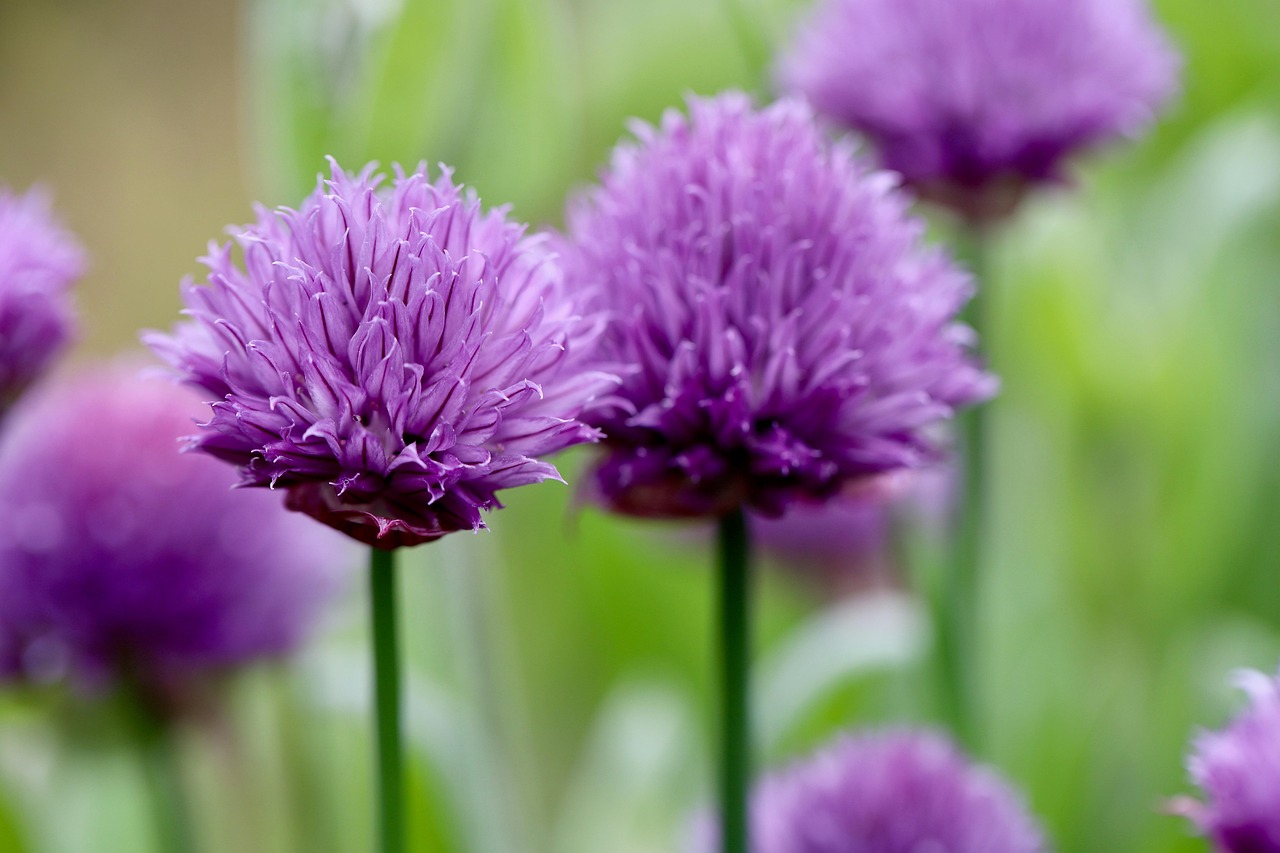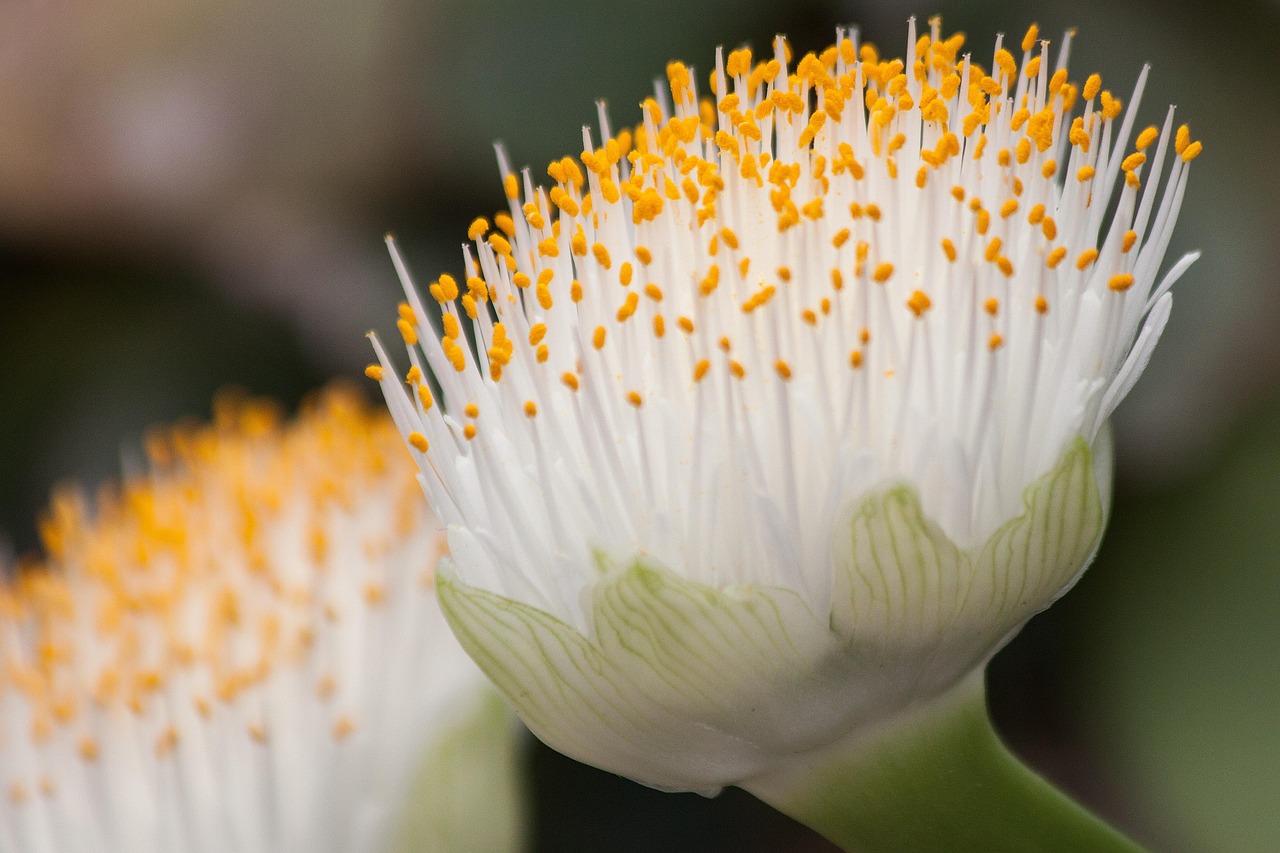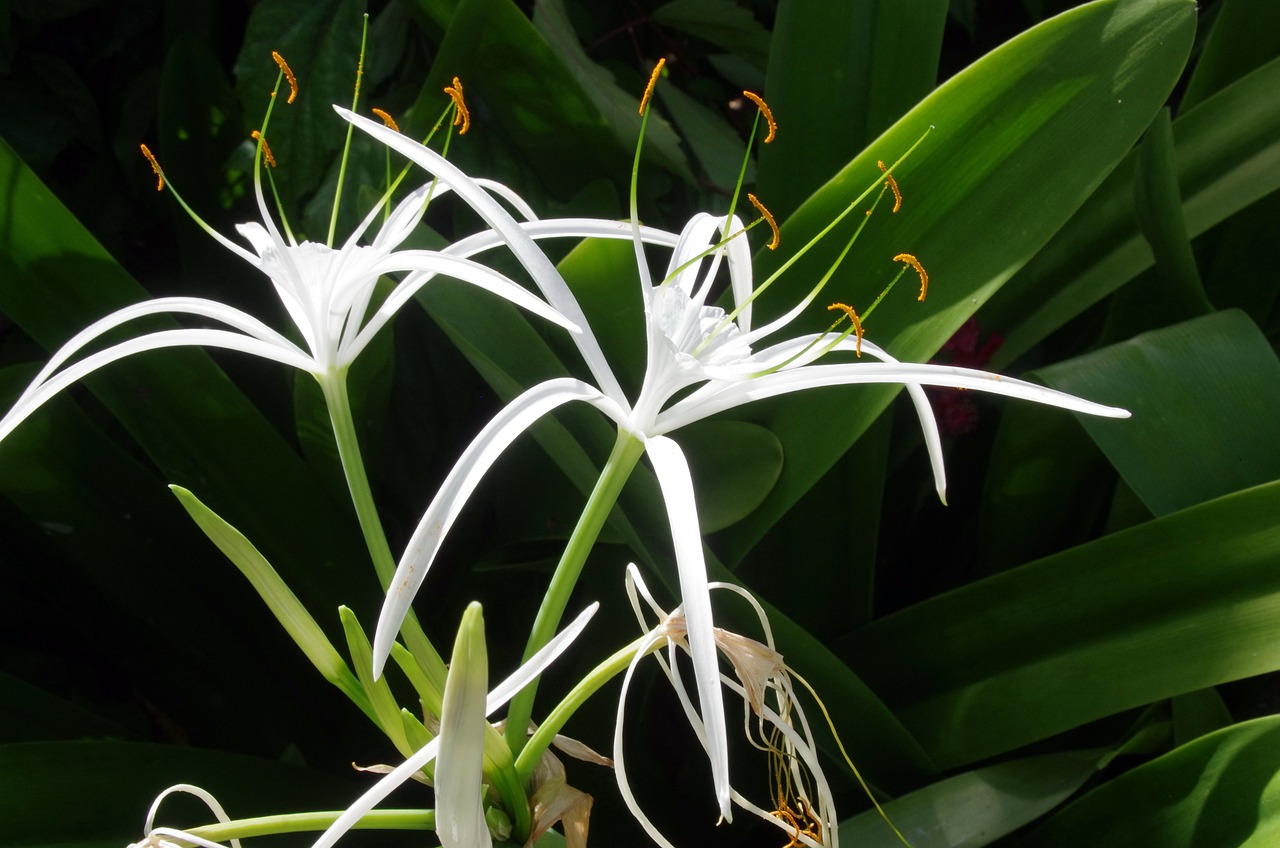Allium sphaerocephalon | The Sculptural Beauty that Enhances Modern Gardening
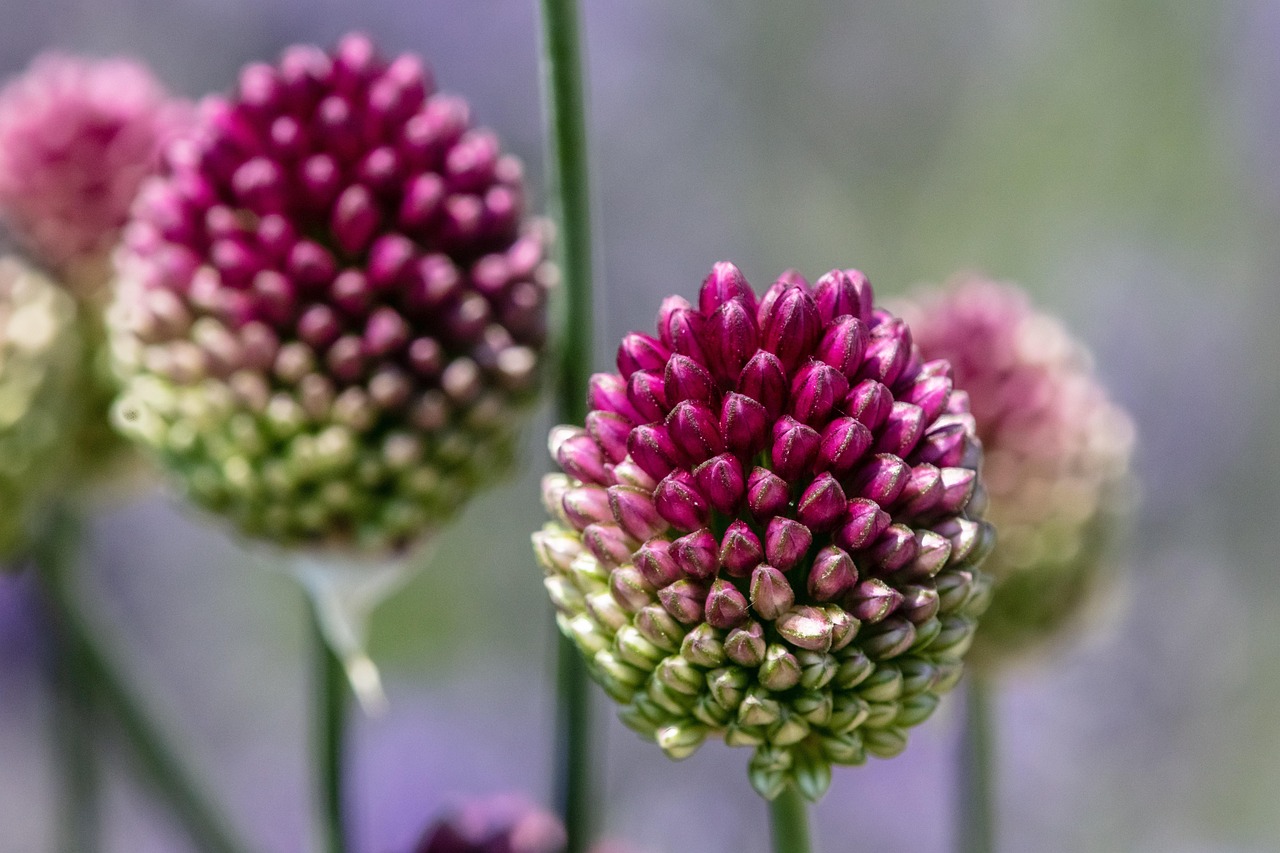
I would like to introduce Allium sphaerocephalon, a bulbous plant that produces spherical clusters of small purplish-red flowers at the tips of its slender stems.
Its striking form adds a strong presence to early summer flowerbeds, while its coloring—reminiscent of the red crown of a crane, from which its Japanese name is derived—offers unique charm.
In this article, I will explain the basic information about this plant, its cultural and historical background, and practical tips on how to cultivate it.
Basic Information
- Scientific name: Allium sphaerocephalon
- Family: Amaryllidaceae
- Origin: Southern Europe to Western Asia
- Appearance: Small purplish-red flowers cluster densely at the tips of tall, slender stems, forming a spherical or slightly oval shape that evokes the head of a crane. The contrast between the elongated stems and the round flowers is particularly striking.
- Blooming season: June to July
Cultural Significance Around the World
This ornamental flower has long been cherished in European gardens.
In the United Kingdom, it is highly valued in naturalistic garden styles, where it is often planted alongside tall perennials to create depth and rhythm. Its sculptural flowers add a vivid accent to early summer borders.
In France, it is also appreciated as a decorative garden plant, admired for its architectural form.
In Japan, the flower is called “Tanchō Allium” because its appearance evokes the crown of the red-crowned crane, and it blends harmoniously even into traditional Japanese gardens.
Historical Background
The species Allium sphaerocephalon was already known during ancient Roman times.
Native to the Mediterranean coastal regions, it was valued less for fragrance or edible bulbs than for its ornamental qualities, leading to its cultivation as a decorative plant.
During the Middle Ages, it was grown in monastery herb gardens, laying the foundation for its later development as a horticultural species.
With the rise of gardening culture in the 19th century, it was further refined as an ornamental bulb, becoming beloved by gardeners worldwide.
Gardening Advice
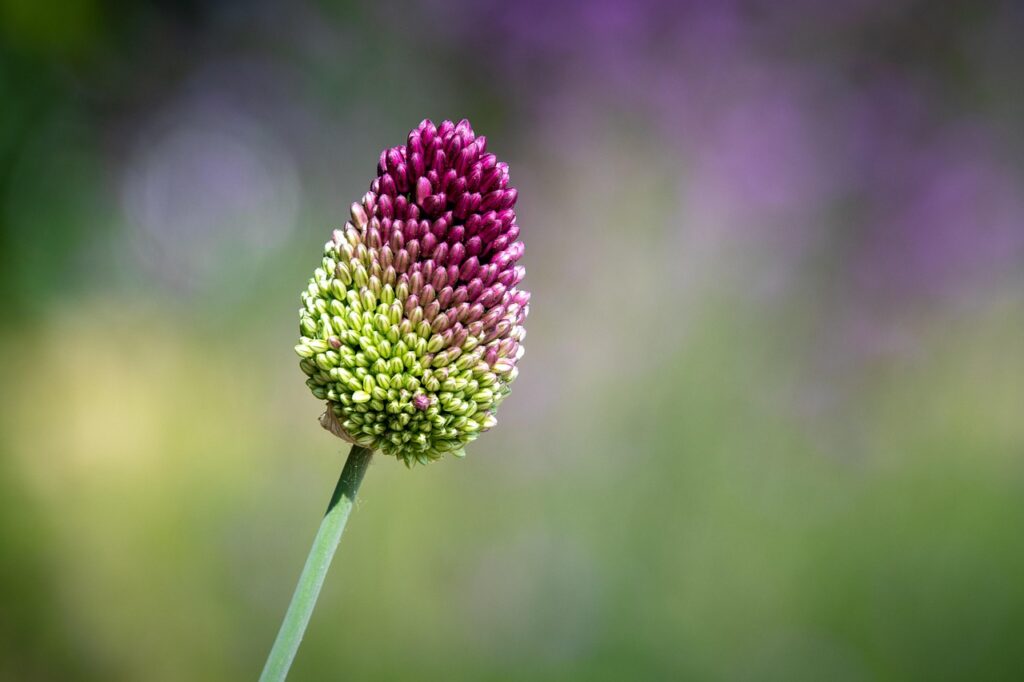
To cultivate Allium sphaerocephalon successfully, consider the following points:
Sunlight
Prefers full sun. Insufficient light may reduce flowering.
Watering
Dislikes excessive moisture. Water sparingly, allowing the soil to dry slightly between waterings. In the ground, natural rainfall is usually sufficient.
Soil
Well-drained soil is essential. A light mix with sand or leaf mold is recommended. Poor drainage may cause bulbs to rot.
Fertilizer
Apply a base fertilizer when planting. After sprouting, use a slow-release fertilizer for stable growth. Limit fertilizer after flowering.
Planting
The best time is autumn (October–November). Plant at a depth two to three times the bulb’s height.
After Flowering
Cut back the flower stems, but leave the leaves until they wither naturally to allow energy storage for the next year’s bloom.
Conclusion
Allium sphaerocephalon is a bulbous plant characterized by its crane-like flower head and elegant tall stems.
It has been admired since ancient Roman times, valued across cultures for both its sculptural beauty in European gardens and its symbolic connection to the crane in Japan.
Resistant to drought and easy to maintain in well-drained soil, it is an excellent choice for adding a distinctive accent to summer gardens.


